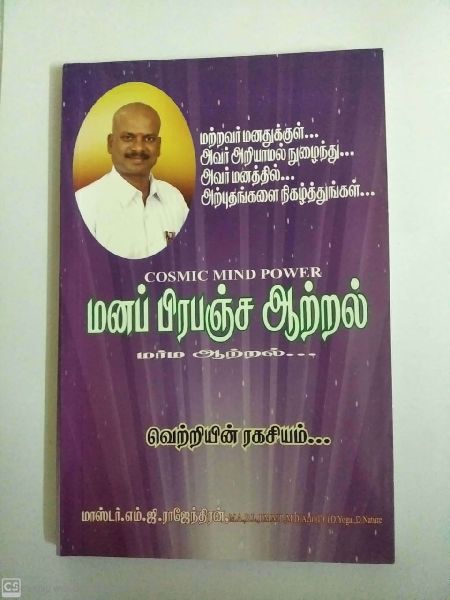

Such intersections of medicine and martial practices are not normally recognised by ‘Western’ taxonomies or educational models, which tend to segregate such aspects, labelling one as ‘arts’ or ‘sports’ and the other as ‘science’. Both physical and mental skills acquired combine in a kind of psycho-somatic intuition-the medical and martial competence of practitioners.

Injuries incurred in the kaḷari are addressed in the vaittiyacālai, and apprentices’ learning progress in one surrounding can be measured by their prowess in the other. This paper depicts how far this South Indian practice figures simultaneously in the kaḷari, the training ground where combat techniques called varma aṭi, ‘hitting the vital spots’, are taught, and in the vaittiyacālai, the dispensary for varma maruttuvam, ‘vital spot treatments’. ""Varmakkalai, ‘the art of the vital spots’, combines therapeutic and martial techniques: Varmam spots are of combative relevance, but also applicable in curing ailments. This article finally shows that not only Asian medicines but also their transnational means of instruction have become marketable commodities." Entrepreneurial forces are a key element, but have hitherto rarely been acknowledged as such with regard to siddha medicine. The article recognizes modalities of knowledge transmission, intentions of teachers, and perceptions of students as important sites for the study of therapeutic transnationalism. While the former mode employs tactile techniques, the latter is largely based on the transference of textual knowledge.

It compares the instruction of hereditary practitioners in South India and their intimate, long-term learning relationship to that of a newly established learning course which aims to attract foreign students and provides lessons and exams by e-mail. This article seeks to fill this gap by exploring the modes of instruction in siddha medicine and, in particular, varmam or “vital spot” manipulations. "Studies on transnational healthcare tend to focus on the flows of institutions, practices and people rather than on the flow of knowledge.


 0 kommentar(er)
0 kommentar(er)
